Optimal Seasons for Fire Restoration
Fire restorations are most effectively conducted when weather conditions are favorable, typically during dry and mild seasons. Performing restorations in these periods reduces delays caused by rain, humidity, or extreme temperatures, ensuring safer and more efficient work processes.
Spring and early fall often provide the best conditions for fire restoration projects, with moderate temperatures and lower humidity levels supporting effective cleanup and repairs.
Unfavorable weather, such as heavy rain or high humidity, can hinder restoration efforts, cause delays, and increase costs. Planning around favorable weather minimizes these issues.
Seasonal considerations influence the drying process, mold prevention, and material handling, making timing crucial for optimal restoration results.
Early planning during favorable seasons allows for better scheduling, resource allocation, and ensures the project progresses smoothly.

Initial evaluation of fire-damaged structures to determine scope and restoration needs.

Specialized cleaning processes to eliminate smoke residues and odors.

Restoration of compromised structural elements to ensure safety and stability.

Restoring personal belongings affected by fire and smoke damage.

Addressing water used in firefighting to prevent further damage and mold growth.
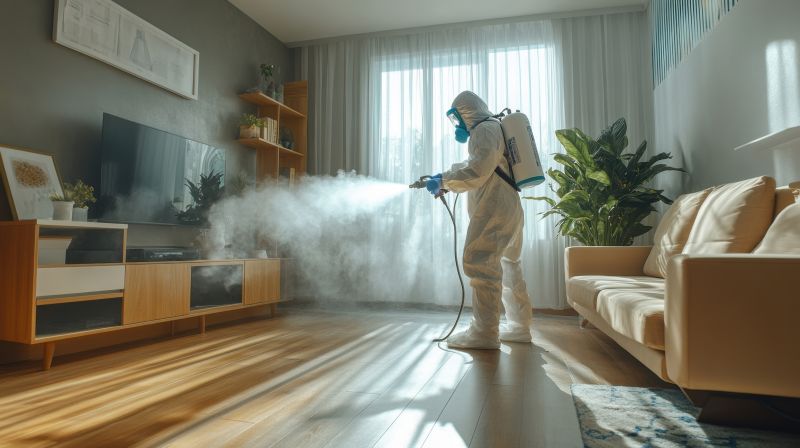
Advanced methods to eliminate persistent fire and smoke odors.
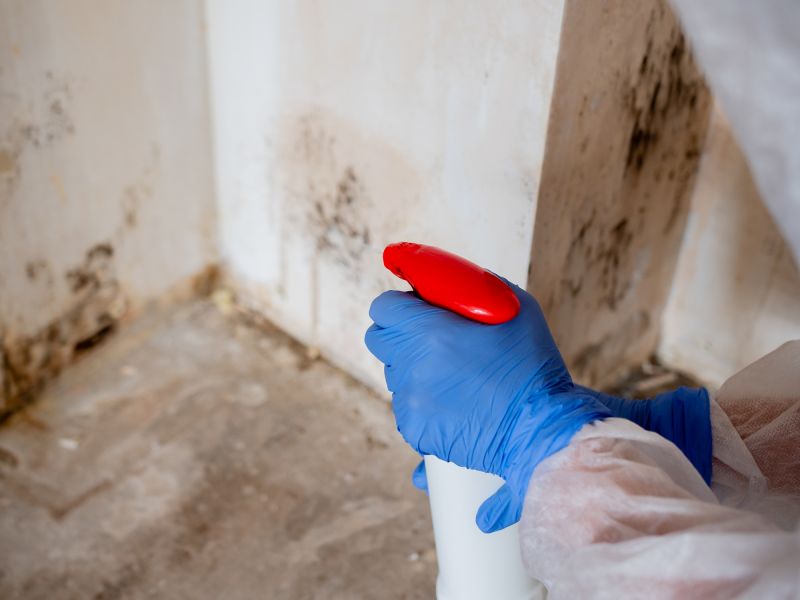
Implementing measures to prevent mold growth after fire damage.
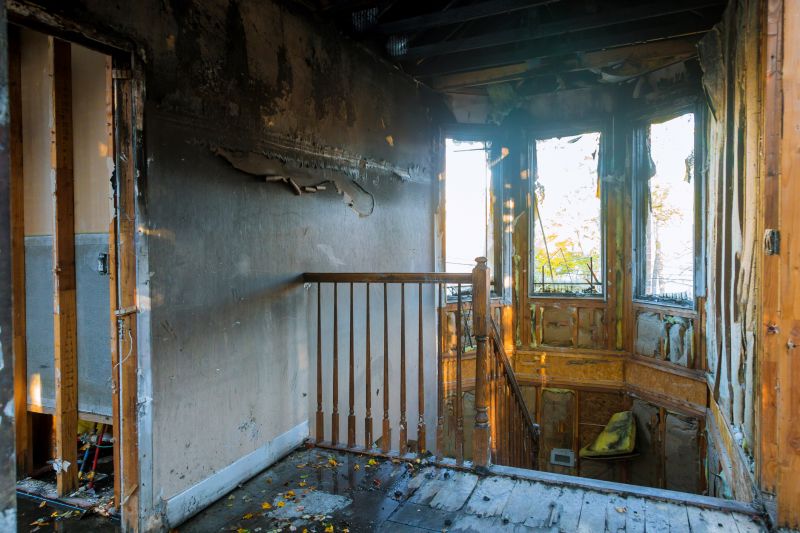
Ensuring all restoration work meets safety and quality standards.
| Season | Advantages |
|---|---|
| Spring | Moderate temperatures and low humidity support efficient drying and repairs. |
| Early Fall | Favorable weather conditions reduce delays and facilitate project completion. |
| Late Fall/Winter | Potential for delays due to rain, snow, and cold temperatures. |
| Summer | High temperatures can accelerate drying but may cause other challenges like heat stress. |
Fire restorations involve comprehensive procedures to repair and restore structures damaged by fire, smoke, and water used during firefighting. This process includes assessment, cleaning, structural repairs, content restoration, and odor removal. Effective restoration minimizes long-term damage, preserves property value, and ensures safety for occupants. Proper timing, especially during favorable weather conditions, enhances the efficiency and quality of restoration efforts.
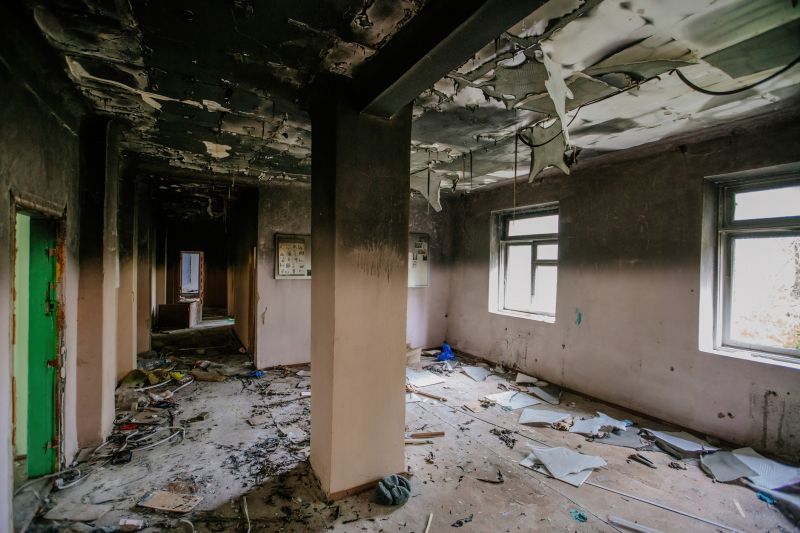
Removing debris and soot from affected areas.
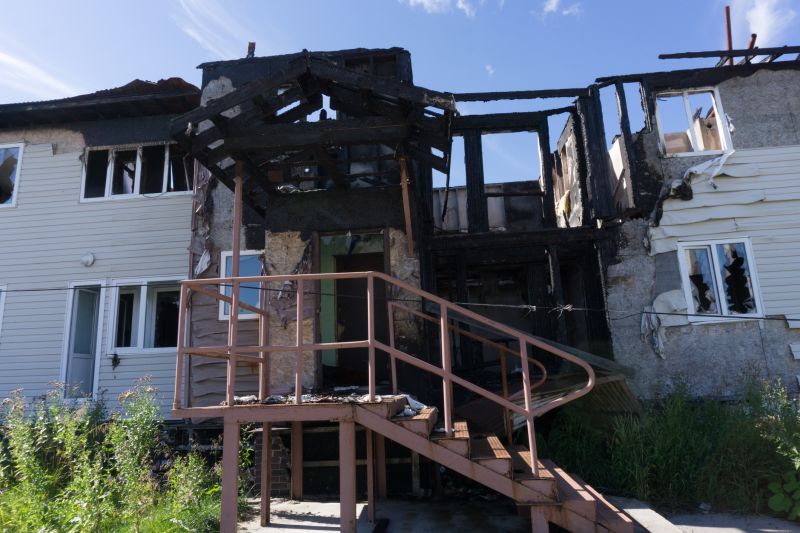
Rebuilding and reinforcing damaged structures.
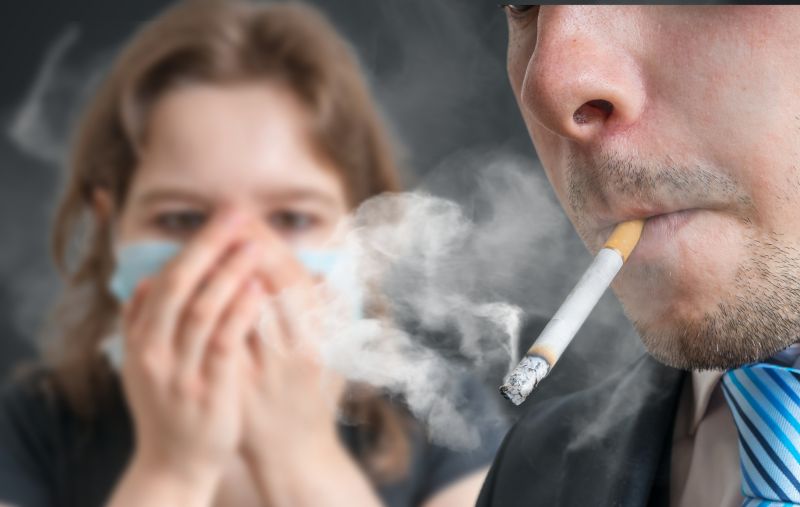
Applying specialized treatments for odor elimination.
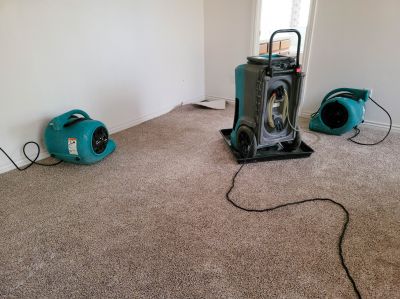
Drying and dehumidifying to prevent mold growth.

Popular materials for Fire Restorations and why they hold up over time.
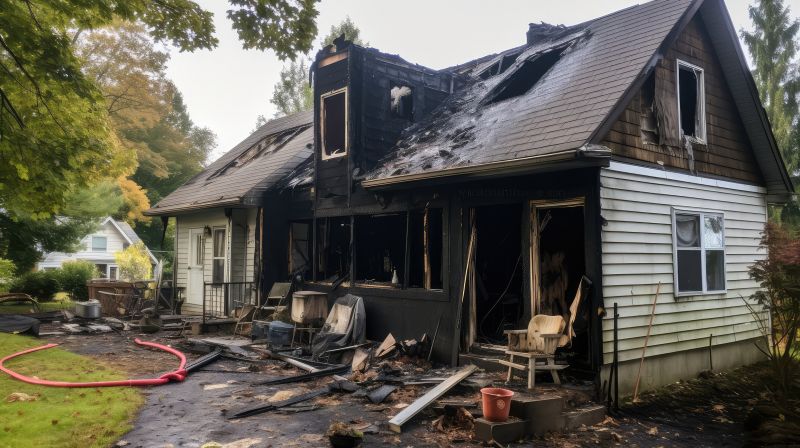
Simple add-ons that improve Fire Restorations without blowing the budget.
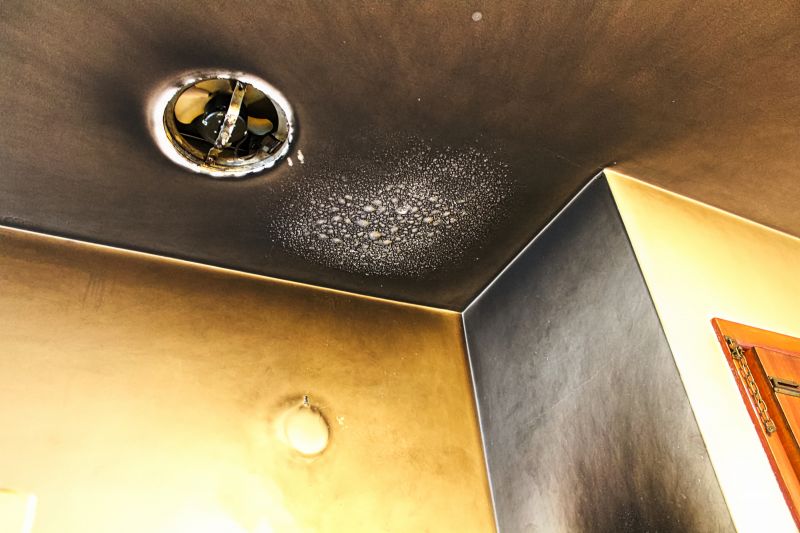
High-end options that actually feel worth it for Fire Restorations.
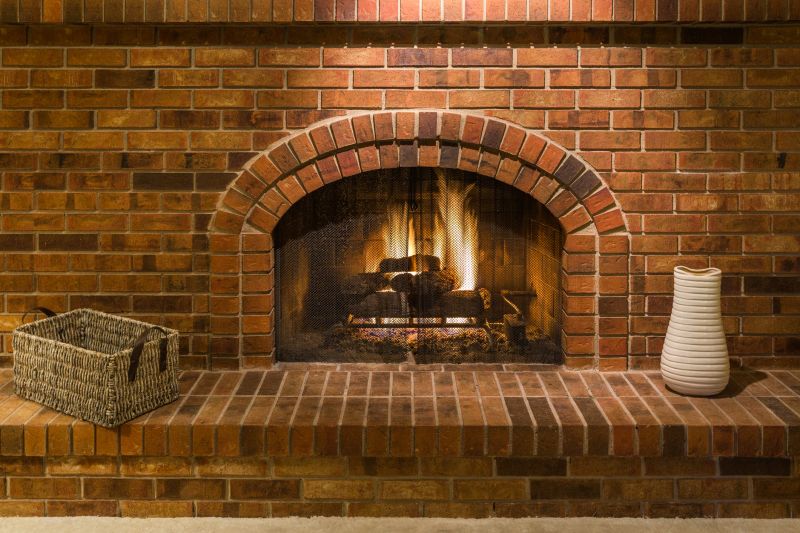
Finishes and colors that play nicely with Fire Restorations.
Individuals seeking fire restoration services should consider scheduling during seasons with favorable weather conditions to ensure timely and effective results. Proper planning and understanding of seasonal impacts can significantly influence the success of restoration projects. For those interested in initiating a fire restoration, filling out the contact form can provide the necessary information to begin the process.


